

— Products —
 Consumer hotline +8618073152920
Consumer hotline +8618073152920 WhatsApp:+8615367865107
Address:Room 102, District D, Houhu Industrial Park, Yuelu District, Changsha City, Hunan Province, China
All products
Modern weather stations may also include other instruments for measuring soil moisture, ultraviolet radiation and air quality. Data collected from these instruments are commonly used for a variety of applications such as weather forecasting, climate research, and agriculture. The data collected from these Weather station instruments are used for weather forecasting, climate research and various applications in agriculture, aviation, shipping and urban planning.
Tel/WhatsApp:+8615367865107
Email:Arvin@niubol.com +Nearly 100 partner companies in more than 68 countries. We are committed to providing high-quality, practical products to meet your needs and help you solve problems. Our products comply with international standards and are certified with ISO, CE and RoHS.Product Details
Auto Weather Station (Automatic Weather Station,AWS) is a device used to automatically monitor and record meteorological parameters. It usually consists of sensors, data acquisition units, communication modules and corresponding software. Automatic Weather Station is widely used in meteorological monitoring, agriculture, forestry, environmental monitoring, transport, marine observation and other fields, providing valuable meteorological information for various industries.
| Measured | Measuring range | Resolution | Precision |
| Humidity | 0~100%RH | 0.1%RH | ±0.5℃ |
| Temperature | -40~80℃ | 0.1℃ | ±5%RH |
| Atmospheric pressure | 10~1200hPa | 0.1hPa | ±1.5hPa |
| Soil temperature | -40~80℃ | 0.1℃ | ±0.5℃ |
| Soil Humidity (moisture) | 0-100%RH | 0.1%RH | ±5%RH |
| Conductivity | 0-10000us/cm | 1us/cm | ±5% |
| Wind speed | 0~70m/s | 0.1m/s | ±(0.3+0.03V)m/s |
| wind direction | 0~360° | - | ±3° |
| Noise | 30~130dB | - | - |
| Illuminance | 0-200000Lux | - | ±7% |
| Rainfall | 0-4mm/min | 0.2mm | ±4% |
| PM2.5/PM10 | 0-2000μg/m3 | - | ±15% |
| Solar radiation | 0~2000W/m2 | - | ≤5% |
| CO2 | 0~2000ppm | 1ppm | ±7% |
| Supply mode | 220V | DC12-24V | solar power optional |
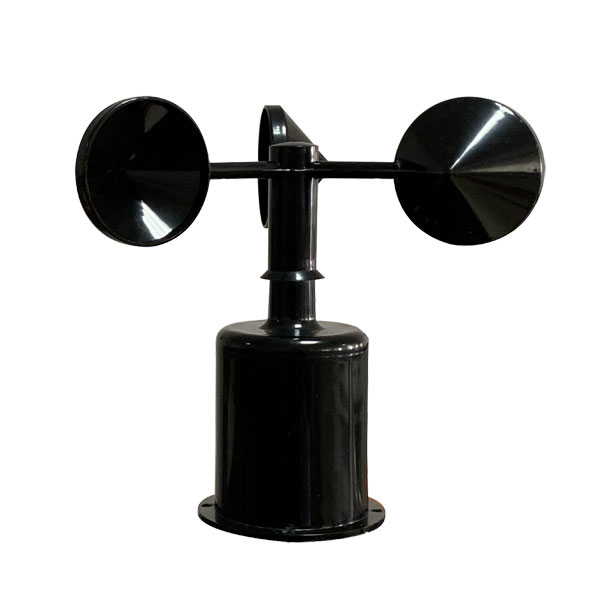 | 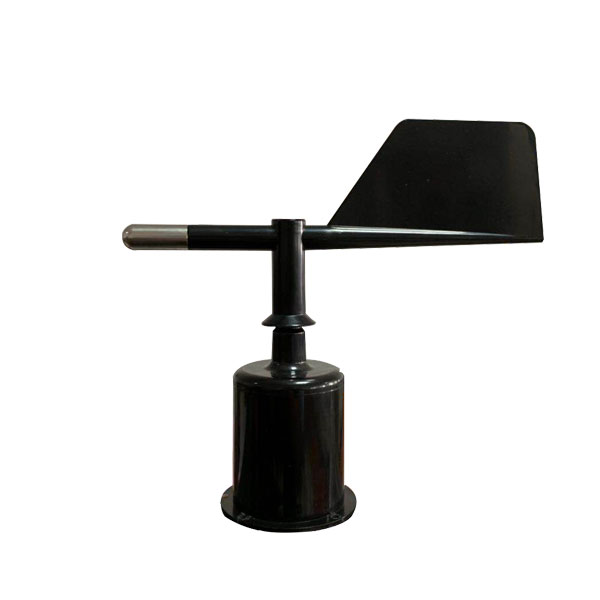 | 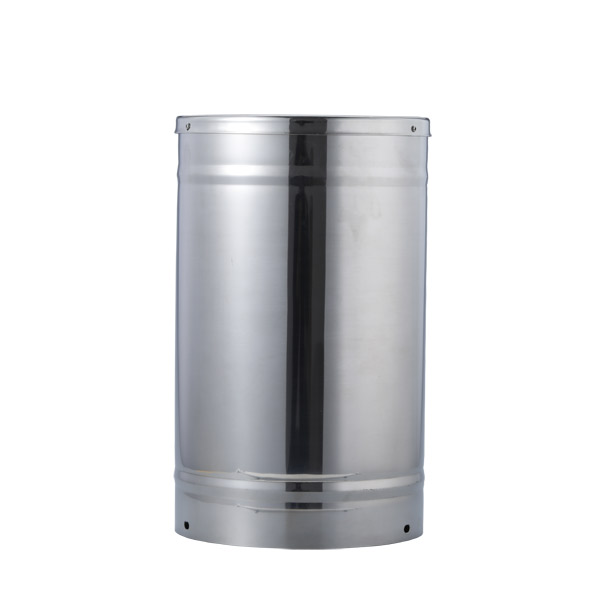 | 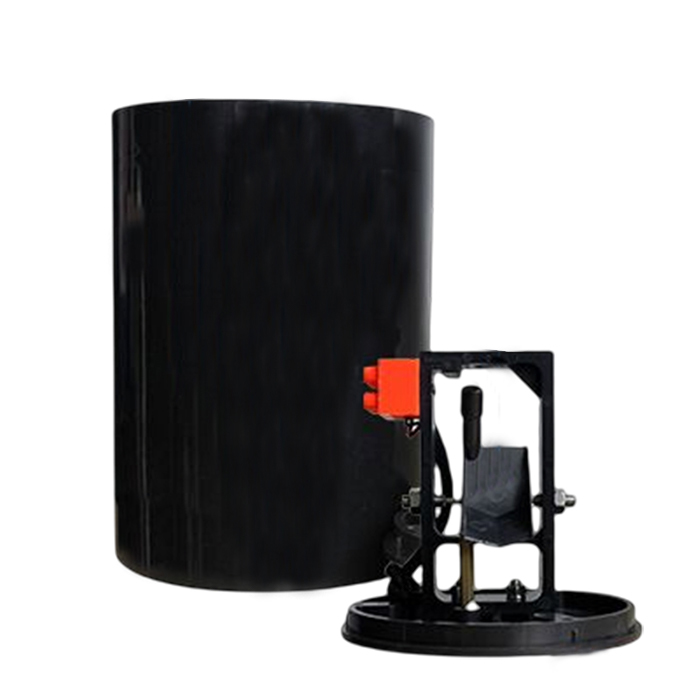 | 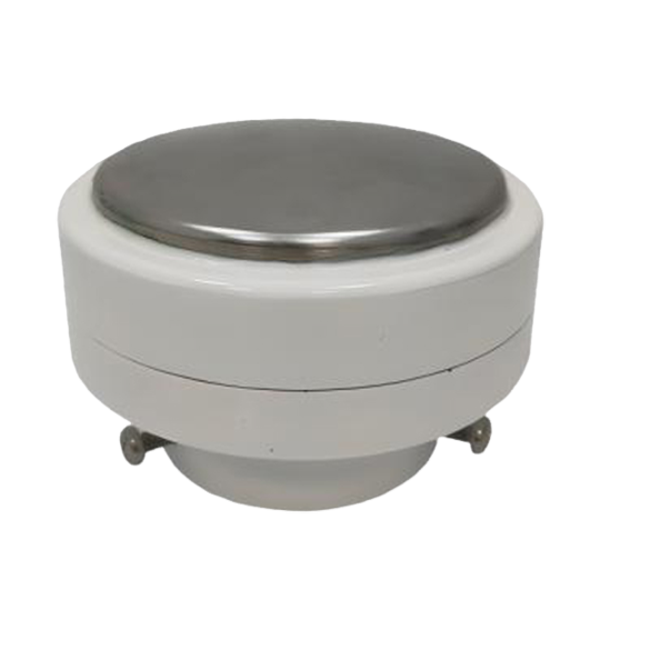 |
| Anemometer Wind Speed sensor | Wind direction sensor | Tipping bucket rain gauge sensor | Tipping bucket rain gauge sensor | Piezoelectric Rain Gauge |
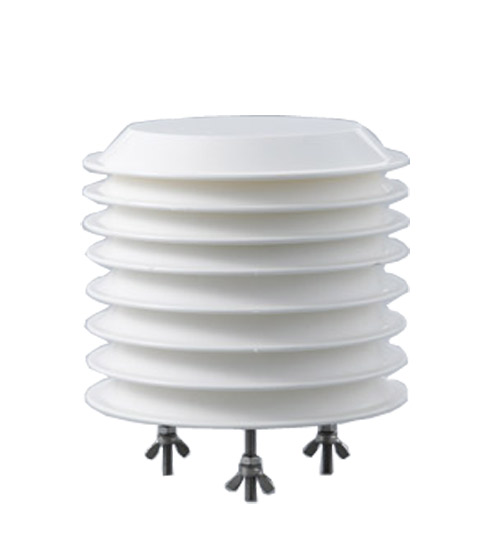 | 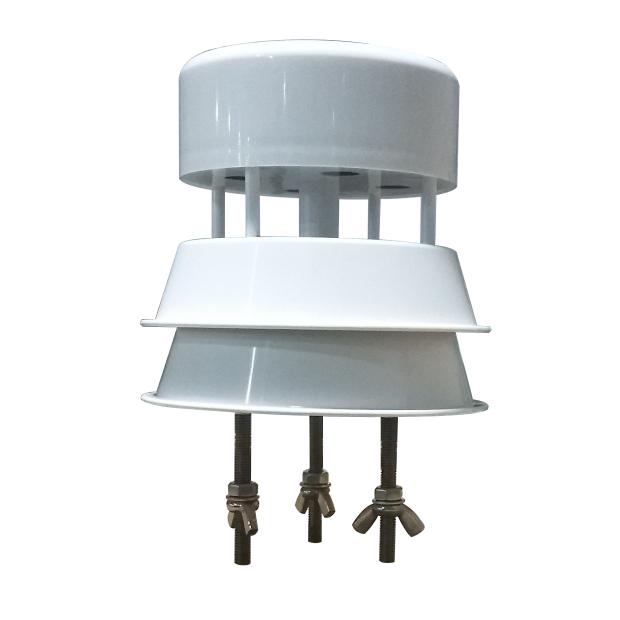 | 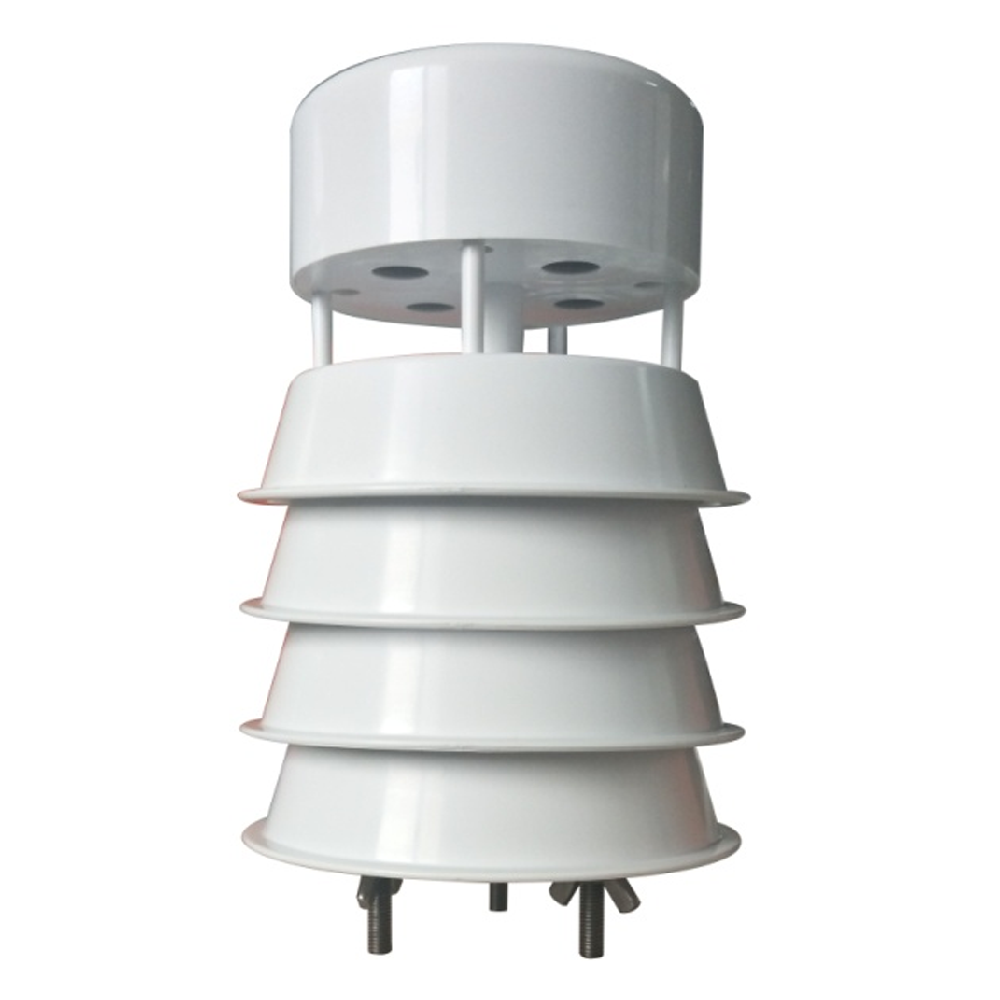 | 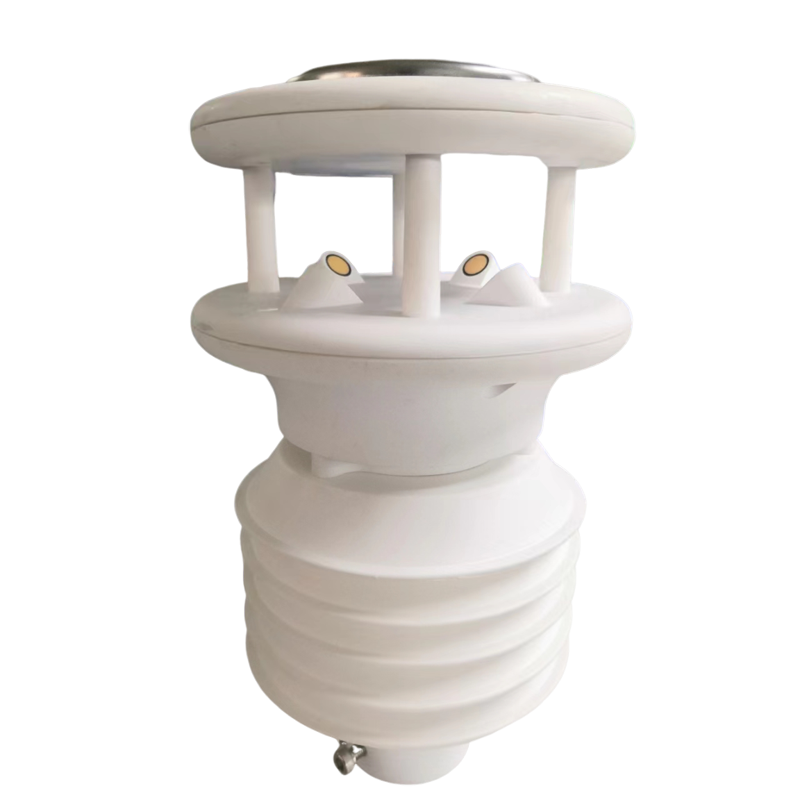 | 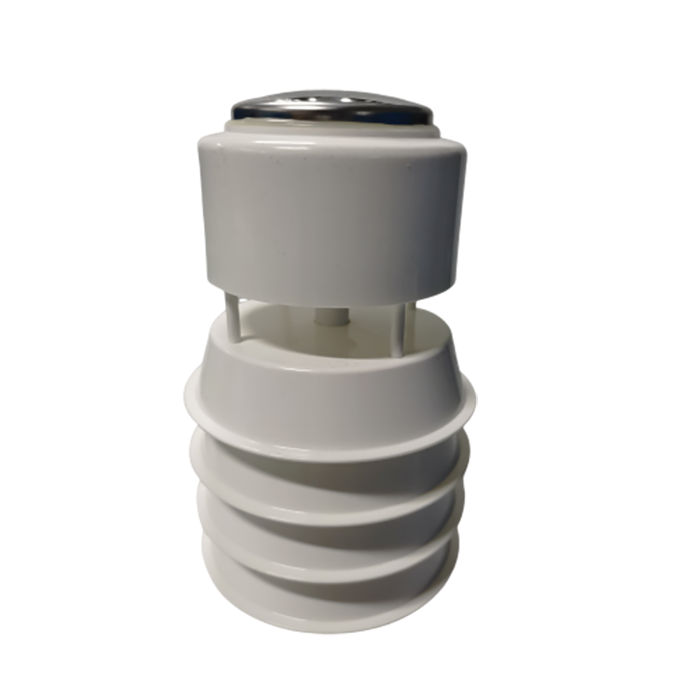 |
| Atmospheric Temperature Humidity air pressure Sensor | ultrasonic wind speed and direction sensor | 5 in1 Ultrasonic Weather Station Sensor | All-in-One Weather Station | 7 in1 Ultrasonic Weather Station Sensor |
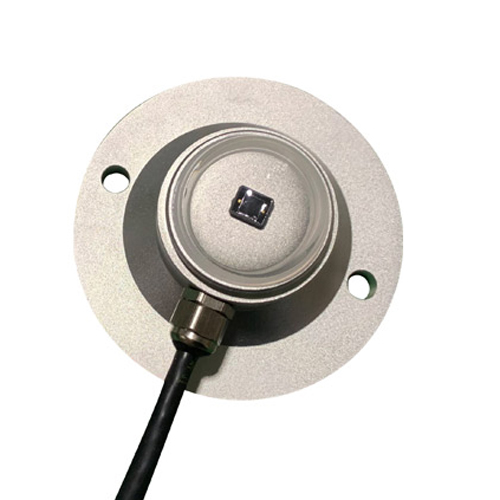 | 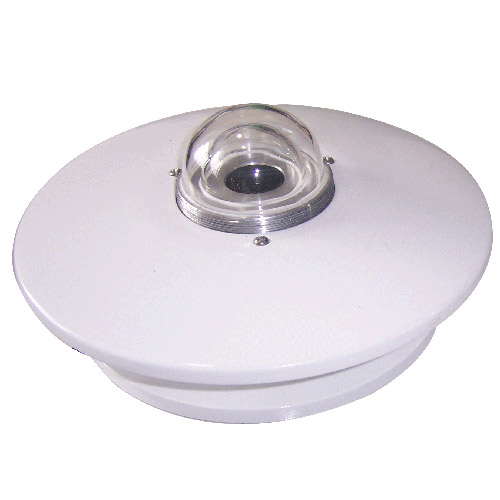 | 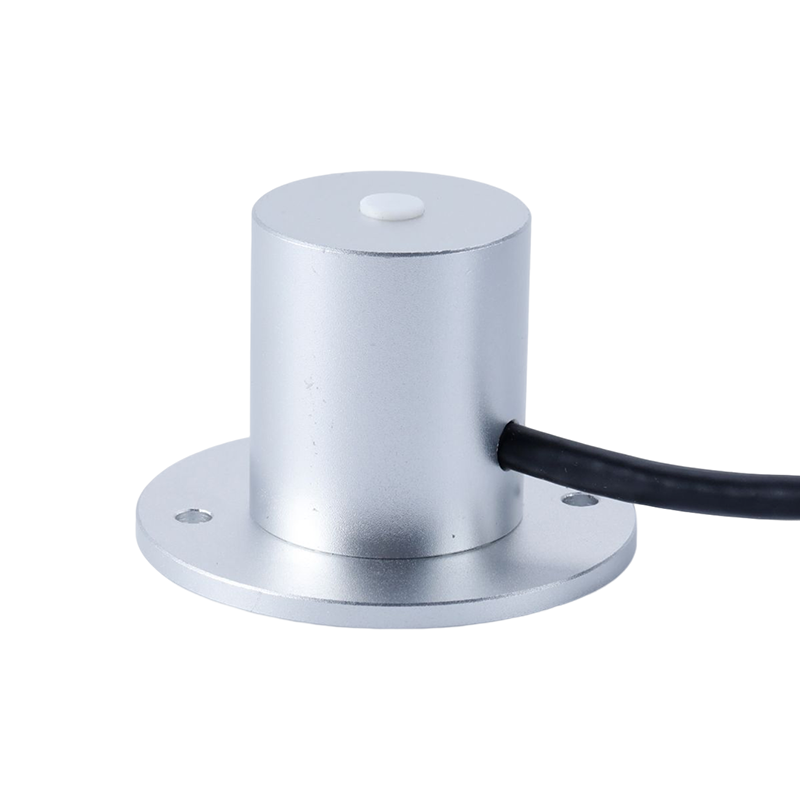 | 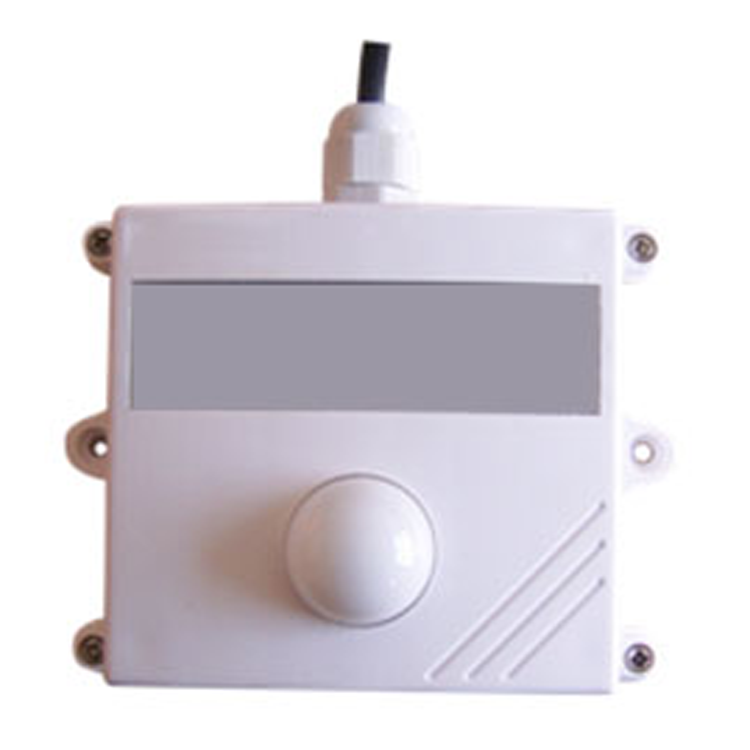 | 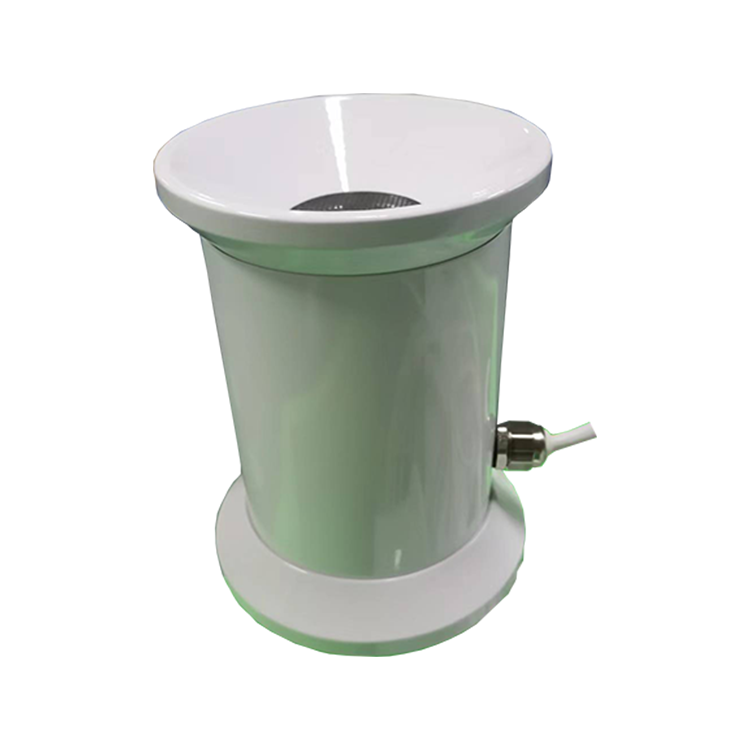 |
| Solar Radiation Sensor | Solar Radiation Sensor | Photosynthetically Active Radiation Sensor; | illumination sensor | Ultrasonic Snow Depth Sensor |
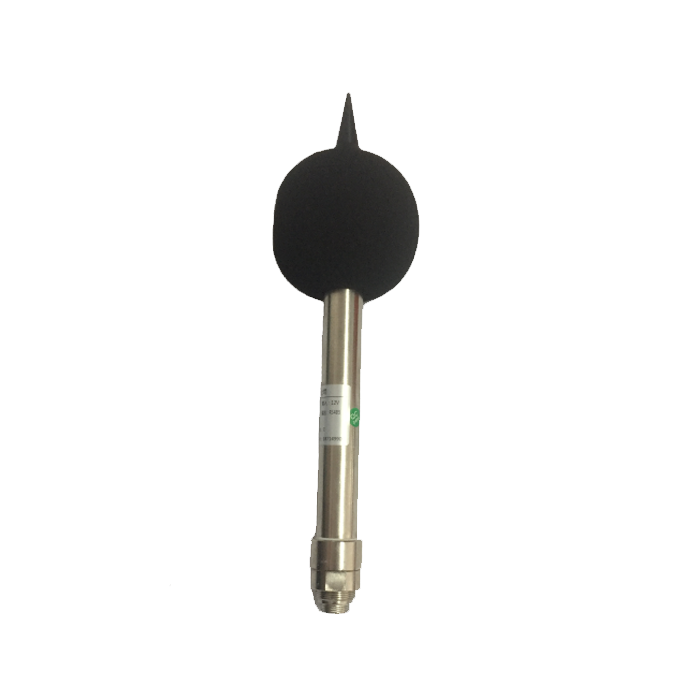 | 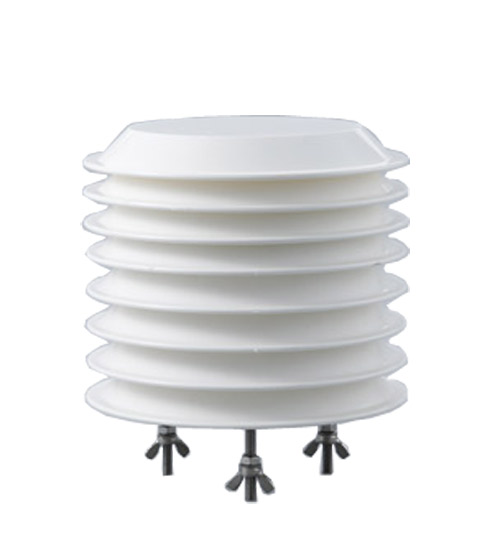 | 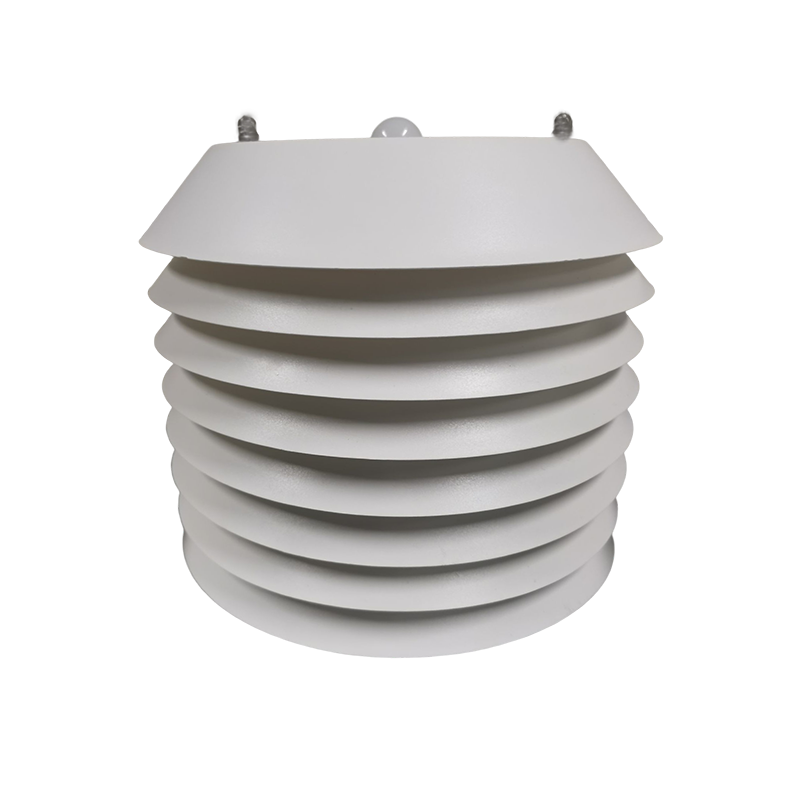 | 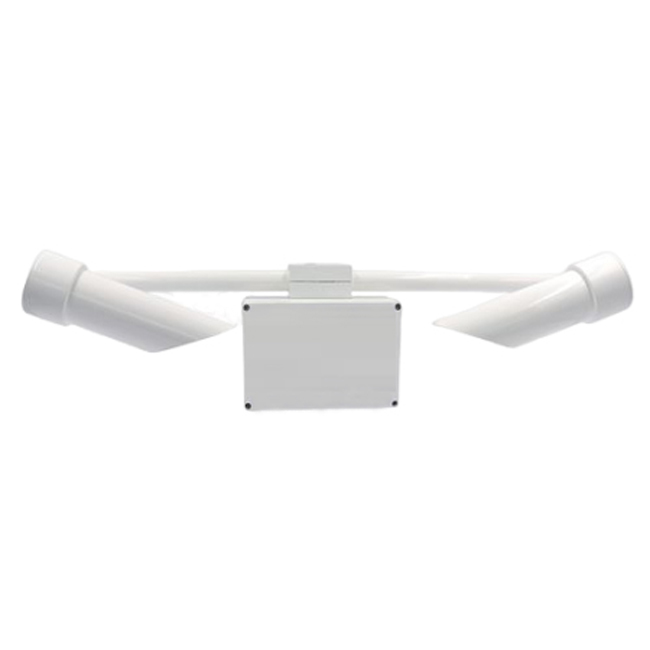 | 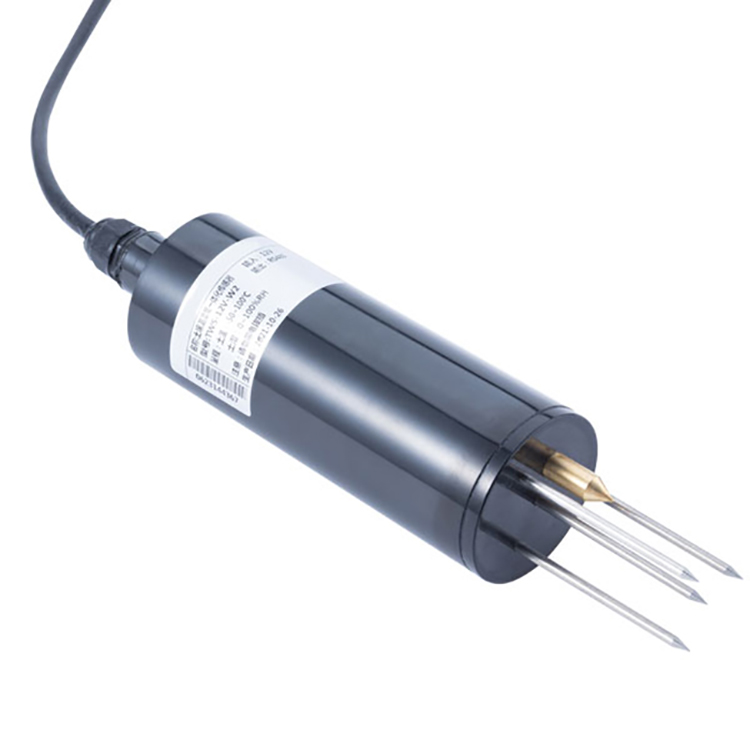 |
| Noise measurement sensor | Carbon dioxide(CO2) sensor | PM2.5 and PM10 sensors | Visibility sensors | Soil Moisture Temperature sensor |
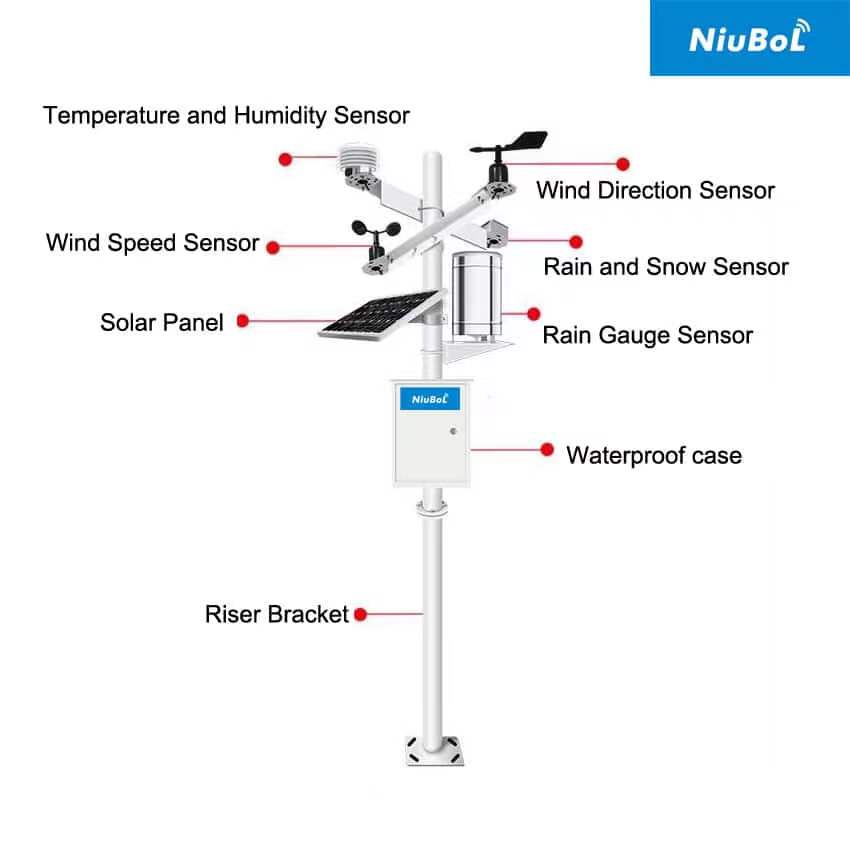
Weather station instruments are the equipment and tools used by meteorological stations to collect meteorological data. These instruments are essential for monitoring and predicting weather conditions. The following are some common weather station instruments.
1. Thermometers: Thermometers are used to measure the temperature of the air, usually in degrees Celsius or Fahrenheit. There are many different types of thermometers, including mercury thermometers, electronic thermometers, and infrared thermometers.
2. Barometers: Barometers measure atmospheric pressure, usually in hundreds of pascals (Pa) or inches of mercury (inHg). Common barometers include mercury barometers and pneumatic barometers, which can be used to predict changes in weather conditions.
3. Anemometers: Anemometers are used to measure the speed and direction of the wind. Wind speed is usually expressed in metres per second (m/s) or miles per hour (mph), while wind direction is usually expressed in compass directions or degrees.
4. Hygrometer: Hygrometers are used to measure the level of humidity in the air, which is important for understanding how much water the air can hold, and water affects cloud formation and precipitation. It is usually expressed as a percentage of relative humidity.
5. Rain gauge: Rain gauges are used to measure the amount of precipitation, usually expressed in millimetres (mm) or inches (in). Rain gauges can be of traditional funnel design or modern electronic design.
6. Snow Depth Sensors: Snow depth sensors are devices used to measure snow depth. They typically use ultrasonic or photoelectric sensors to measure the depth of snow and transmit the results to a weather station or data logger for recording and analysis. These sensors are usually mounted on the ground or erected on a stand to ensure that they can accurately measure the depth of the snowpack without being affected by wind-blown snow accumulation. Data from snow depth sensors are useful for winter weather forecasting, avalanche warning, and climate research.
7.Thermometers:Recording Air TemperatureThere are different types of thermometers, including digital thermometers, mercury thermometers and alcohol thermometers.
8. Anemometer:It is used to measure wind speed. It usually consists of three or more cups that rotate as the wind blows, the speed of rotation being proportional to the wind speed.
9. Wind vane: indicates the direction of the wind. It usually has a rotating arrow or pointer to show the direction of the wind.
10. data logger: a device that records and stores data from other weather instruments. It can be used to collect data over time and is often connected to a computer for analysis.
11. Solar Radiometer:A light radiometer (also known as a radiometer or irradiometer) is used to measure the intensity of solar radiation or sunlight, usually in watts per square metre (W/m²). Measuring the intensity of solar radiation can be used to assess cloud cover and other factors that affect solar input.
12. Evaporation disc: Used to measure the rate of evaporation, which is an important factor in water resource management and weather forecasting.
13. Stevenson Screen: A Stevenson screen is a device used to protect temperature and humidity sensors from direct sunlight and other disturbances. It is usually made of wood or white plastic and has a ventilated design to ensure accurate measurement of environmental conditions.
14. Climate reference station equipment: More sophisticated instruments used for long-term climate monitoring, including temperature sensors, humidity sensors, solar and infrared radiation sensors.
Modern weather stations may also include other instruments for measuring soil moisture, ultraviolet radiation and air quality. Data collected from these instruments are commonly used for a variety of applications such as weather forecasting, climate research, and agriculture.
The data collected from these Weather station instruments are used for weather forecasting, climate research and various applications in agriculture, aviation, shipping and urban planning.
Auto Weather Station plays an important role in various application scenarios, the following are some of the common application scenarios:
1. Meteorological monitoring and prediction:
Auto Weather Station is widely used to monitor various meteorological parameters in the atmospheric environment, such as temperature, humidity, barometric pressure, wind speed, wind direction, precipitation and so on. These data are used in weather forecasting, climate research and natural disaster early warning, providing important reference information for agriculture, transport, aviation, energy and other industries.
2. Agriculture and forestry:
Farmers and foresters can make use of automatic weather stations to monitor environmental conditions, including temperature, humidity, precipitation, etc., so as to carry out rational crop cultivation and forest management. Based on the meteorological data, they can rationally arrange irrigation and fertiliser timing to improve crop yield and quality.
3. Transport:
In the field of transport, automatic weather stations are used to monitor weather conditions on the road and in the air to ensure traffic safety and transport efficiency. Wind speed and direction data can help pilots and ship captains with route planning and flight/navigation decisions, and precipitation data can help traffic management authorities warn of and respond to adverse weather conditions such as slippery roads or snow and ice.
4. Aerospace:
In aerospace, automatic weather stations are one of the essential equipment. Pilots and aviation controllers need to monitor meteorological conditions in real time to ensure flight safety. Data such as atmospheric pressure, temperature and humidity have a significant impact on aircraft performance and flight altitude.
5. Energy management:
In the energy sector, automatic weather stations are used for the operation and management of energy facilities such as wind farms and solar farms. Data such as wind speed and solar radiation can help predict wind and solar power capacity and optimise energy production and supply plans.
6. Environmental monitoring:
Automatic weather stations are also widely used in the field of environmental monitoring to monitor the concentration of air pollutants, climate change and other environmental parameters. These data are important for environmental protection, air quality improvement and urban planning.
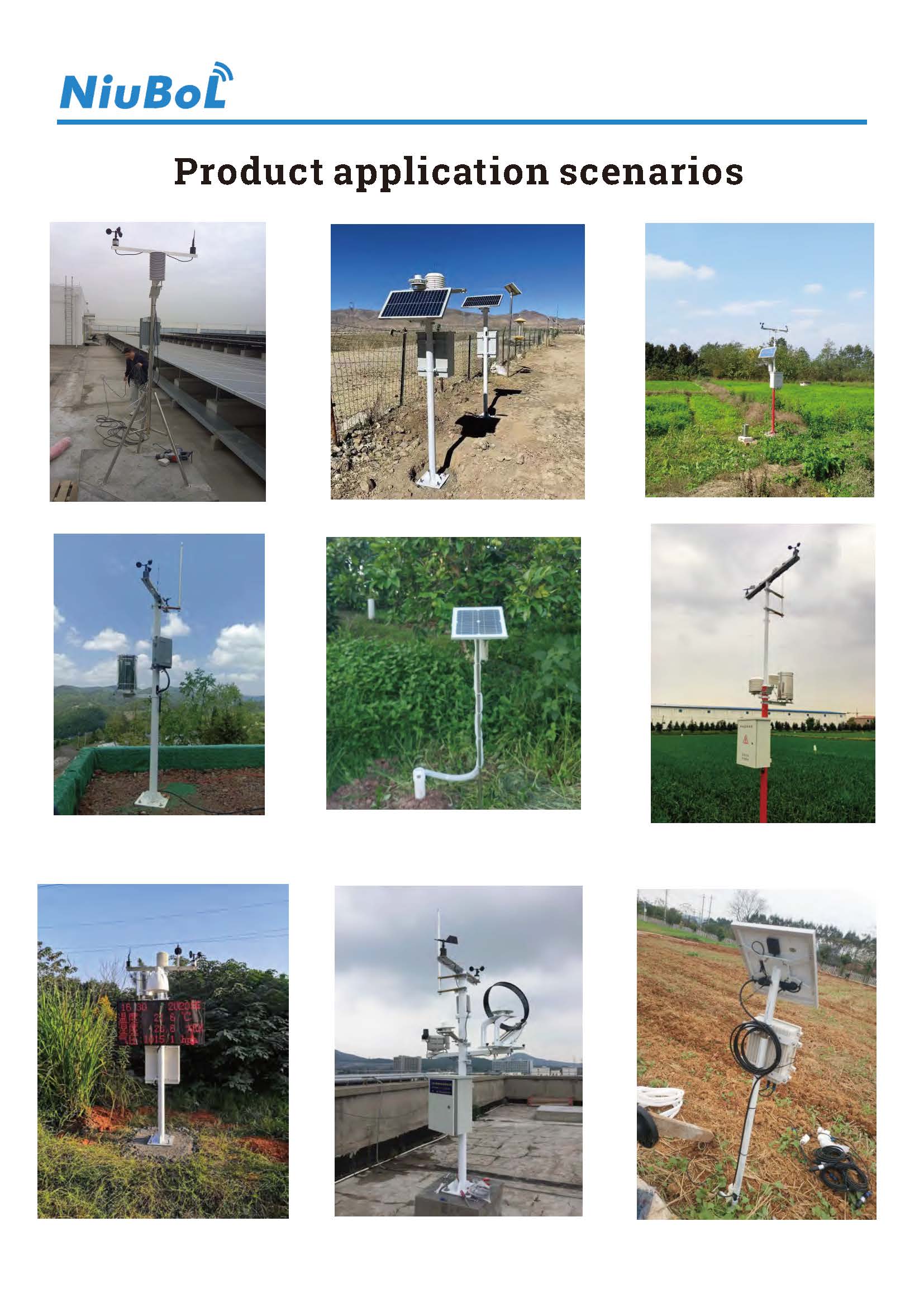
Sensors & Weather Stations Catalog
Agriculture Sensors and Weather Stations Catalog-NiuBoL.pdf
Weather Stations Catalog-NiuBoL.pdf
Related recommendations
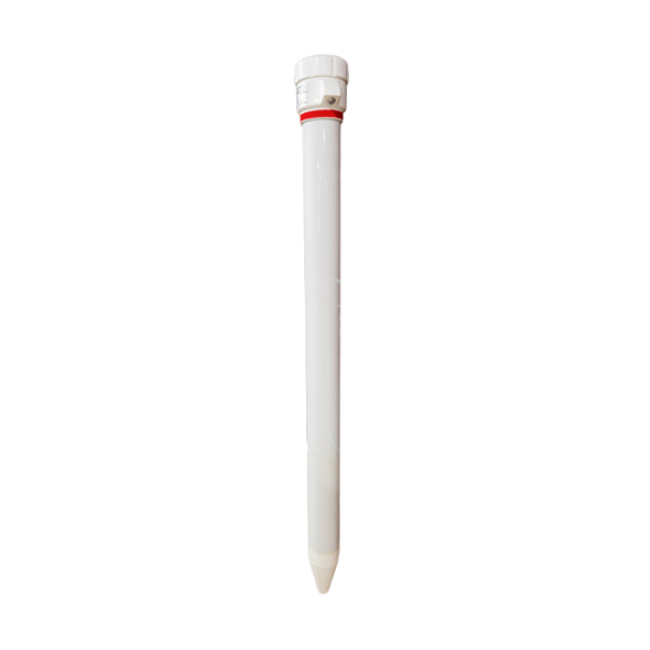 Multi-Depth Soil Sensor RS485
Multi-Depth Soil Sensor RS485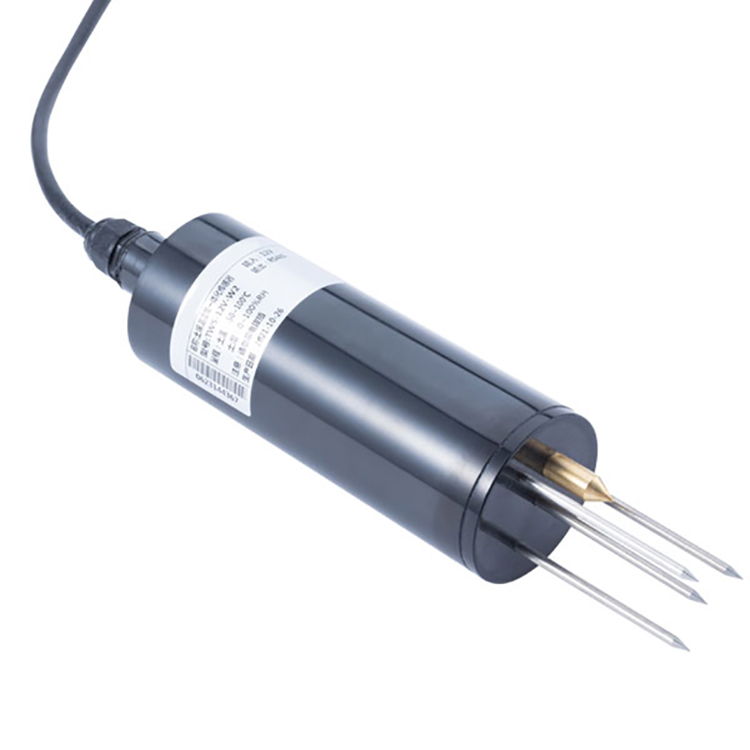 TDR Soil Moisture Sensor
TDR Soil Moisture Sensor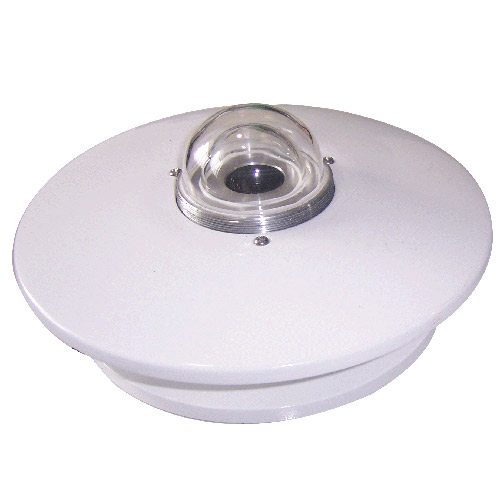 Pyranometer Solar Radiation Sensors
Pyranometer Solar Radiation Sensors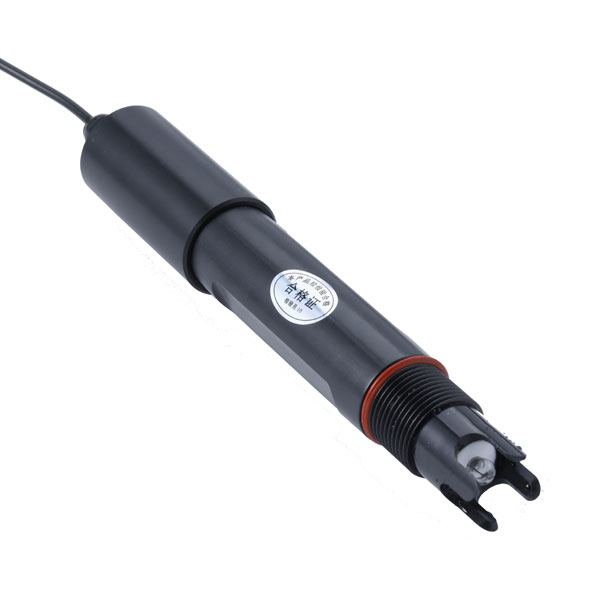 Soil ph sensor
Soil ph sensor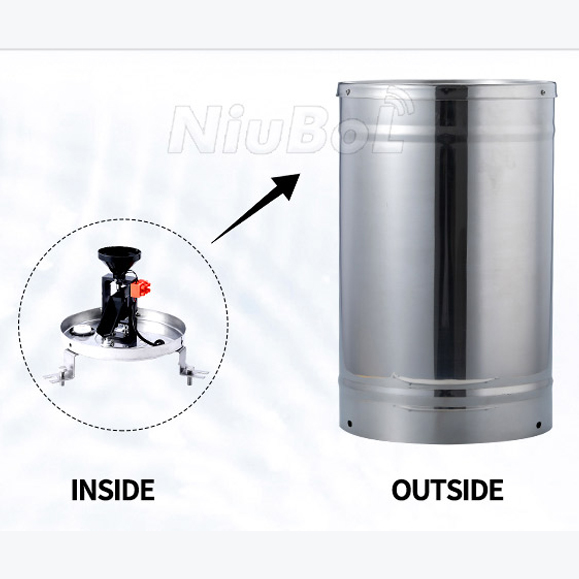 Tipping Bucket Rain Gauge
Tipping Bucket Rain Gauge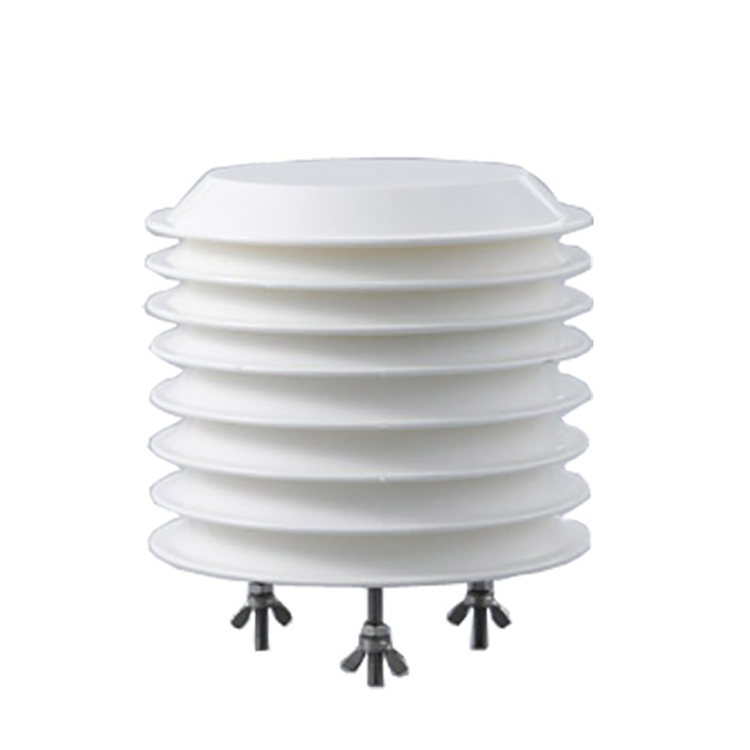 Air Temperature and Humidity Sensor
Air Temperature and Humidity Sensor
Screenshot, WhatsApp to identify the QR code
WhatsApp number:+8615367865107
(Click on WhatsApp to copy and add friends)
